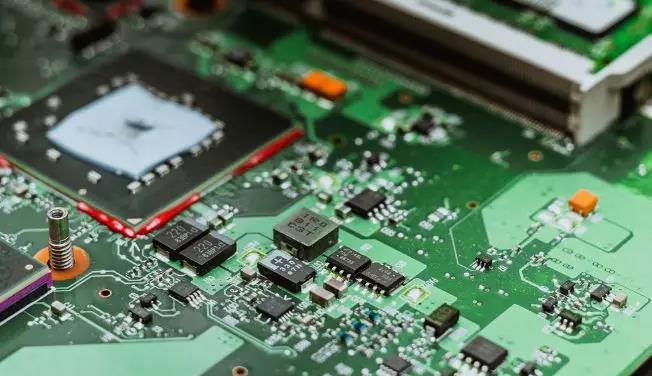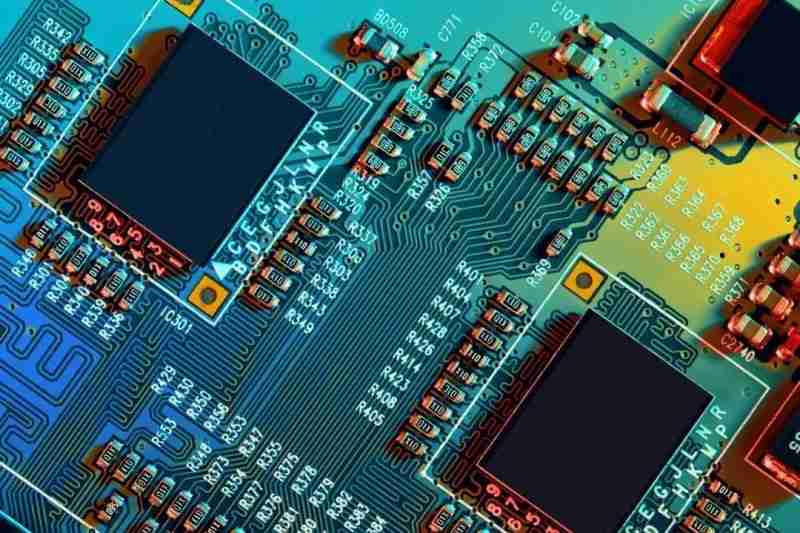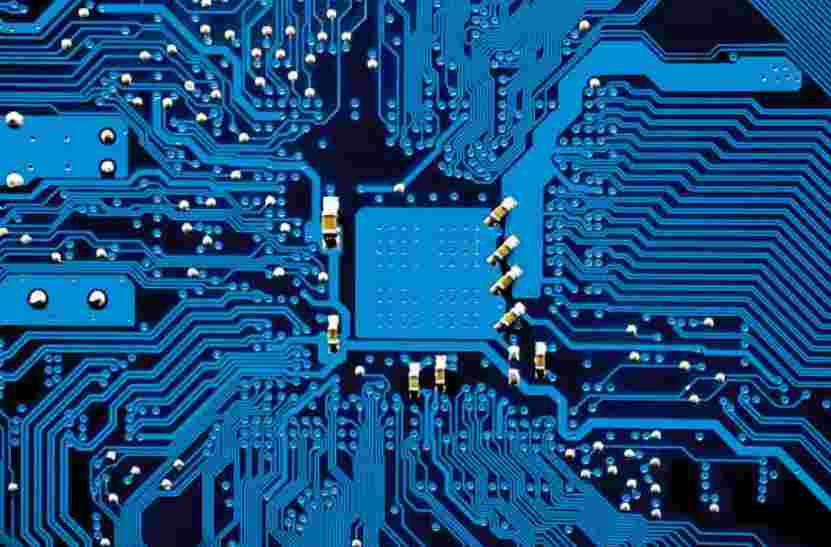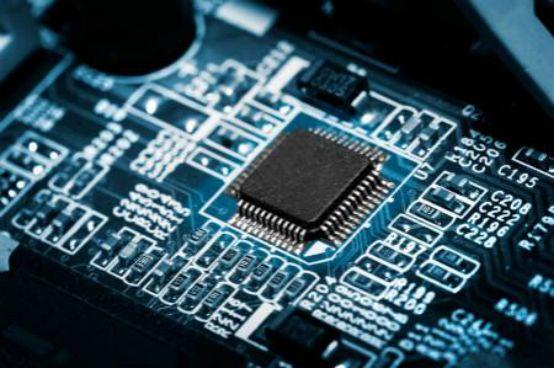
Ceramic materials are particularly useful for highly reliable electronic applications, which were the standard for isolators and light bulb sockets in the 19th century. And the development of ceramics for high-tech applications in radio tubes, early pacemakers, and military electronics that were widely used in the 1930s. Since then, ever-improving manufacturing techniques have dramatically improved material categories, from common materials to new mixtures and nanotechnology to today's level of technological ceramics.
I. Characteristics and materials
Compared with earlier standard ceramic materials, the new technology ceramics have improved durability, inertness and chemical properties. Even the physical properties have changed in various ways, for example, they do not break as easily as before, which was a common problem in previous ceramic applications. In most application cases, especially in the aerospace field, ceramics have a variety of uses as suitable material systems for printed ceramic circuit boards. However, it must be noted that ceramic materials are a class of materials that are independent of the technology or specific chemistry used in their application and function.

Ceramics are a large class of technical materials that offer good opportunities for the realization of advanced requirements. The greatest advantage of ceramic materials is their thermal and mechanical properties. Its thermal properties include coefficient of expansion, thermal conductivity, heat capacity, aging under the influence of thermal cycling and the ability to withstand higher temperatures. These characteristics are beneficial for electronic applications, especially aerospace. For example, unlike polymers and epoxy resins, ceramic materials do not break down, and their chemical bonds are not broken down by heat and ultraviolet radiation compared to other substances, such as organic matter. In addition, ceramics do not soak or absorb moisture in large quantities, nor do they deflate in the extreme vacuum of deep space.
Two. Function
In contrast to FR printed circuit board, ceramic materials need to be structured for electronic functions. This requires different techniques and the use of other materials. For example, PCB boards made from ceramics and copper can be made using alumina or aluminum nitride and covered with copper foil using an epoxy resin binder. While this is beneficial for most applications, it is not beneficial in a variety of thermal applications. This and other limitations have led to product solutions such as Direct Bonded Copper (DBC), including similar overlay technology for aluminum nitrate, which is widely used in power chips such as insulated gate bipolar emitters.
Three, material and layer stacking
Alumina (Al2O3) is the most cost effective ceramic material and the most commonly used ceramic material because it has excellent thermal conductivity of 24 to -28W/Mk, compared to 1 to 4W/Mk for metal core PCB circuit board.

Aluminum nitrate provides excellent thermal performance at 140 to 170 W/K, while also having a much higher raw material cost, and is typically designed only in the highest technology products.
Four. Aerospace ApplicationsAerospace applications are usually not reduced-because their primary goal is to use ceramic circuit boards, primarily as the basis for power dominant technologies. In order to benefit directly from this group of materials, engineers and designers must fully know and understand the limitations and limitations that these materials have and how they interact. In deciding whether the use of ceramics is beneficial for the required application, the necessary process conditions need to be assessed in combination with calculations and balancing advantages and disadvantages.
Some of the advantages of ceramic materials for aerospace electronics include:
Coefficient of thermal expansion - very close to silicon and much lower than most common metals;
Excellent electrical isolation - even at high temperatures and throughout the life cycle;
Good thermal conductivity as isolator - can be used for heat diffusion and distribution;
Stable dielectric properties and low loss at high frequencies;
Chemical stability for many chemicals, moisture, solvents and consumables;
Because of the consistency of the substance, aging is very slow;
Compatible with precious metal paste sintering technology - produces highly reliable conductors;
High working temperature -- far from the normal working range;
Heat resistance - no typical melting, decomposition or softening;
Mechanical stiffness - provides rigid support, hardness and wear resistance for sensors working in vacuum, fluids and industrial pollution;
Resistant to EUV, plasma and ion bombardment, and almost non-venting in high vacuum, it is an ideal choice for sensors in EUV semiconductor devices.







